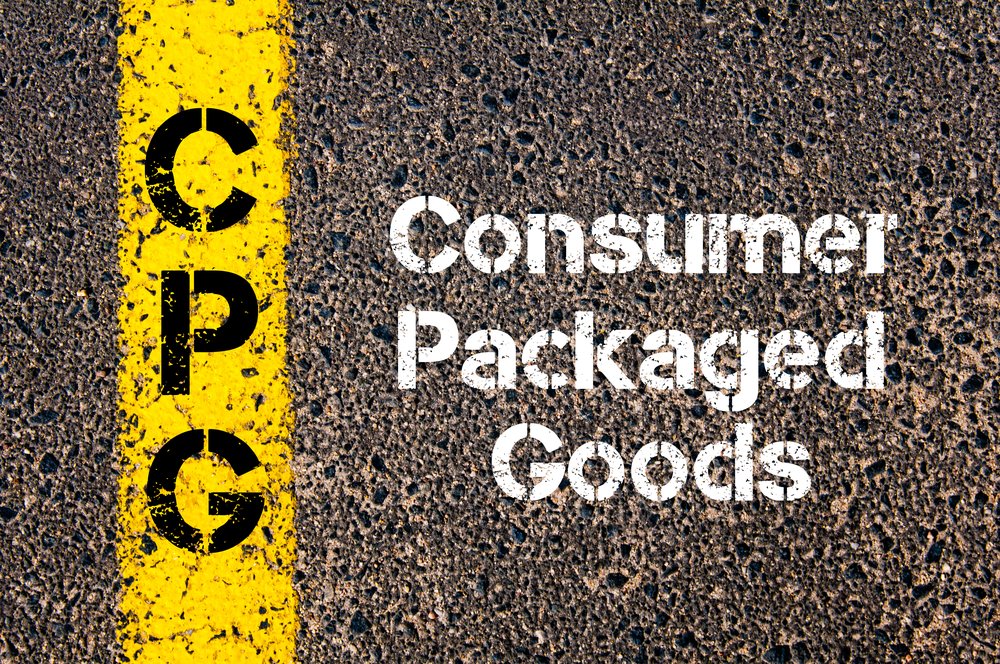 The distribution channel is, perhaps, the least glamorous and the least respected sales process, but it is the most essential. Without it, you can’t get your product to your customer. With that in mind, it’s good to know the basics.
The distribution channel is, perhaps, the least glamorous and the least respected sales process, but it is the most essential. Without it, you can’t get your product to your customer. With that in mind, it’s good to know the basics.
The distribution channel represents the various levels your product passes through on its way to your ultimate customer. You may sell your service through a broker or clearing house that provides you with a client. But if you’re selling a material product, you have to deal with a distribution channel. There are several different kinds of distribution channels. But most contain one to four steps on the path from producer to buyer.
Here are three basic distribution channel types:
1. Conventional Distribution.
This type of distribution channel is typical of retail sales. Almost all producers of consumer products, from dresses to groceries to television sets use it. This system starts with wholesalers who are known as distributors or jobbers. (If a broker is involved, they don’t take possession of the product. They just get a cut for getting it from the producer to the distributor, or in some cases direct to the retailer.)
The distributor’s trucks pick up products in the largest possible quantities, to maximize efficiency. Most trucks involved are 18-wheelers. They carry a trailer, van or container that is 40-45 feet long and holds 22 pallets, arranged in 2 rows of 11. Each pallet is 4 feet by 4 feet. Once delivered to the distributor, the distributor may transport the product in smaller delivery trucks to the retailer. In some cases, it may go to the retailer’s warehouse before the retailer himself distributes it to his retail stores.
2. Fulfillment centers.
This type of distribution channel starts with the producer of the product delivering it at his own expense to a distributor at a hub with a warehouse called a fulfillment center. The fulfillment center then breaks down the producer’s pallets of product, re-packages the product, puts them into the right containers, then fills orders for the product by delivering it via common carrier or using his own trucks.
3. Direct.
In this scenario, it’s also possible for you as the producer to sell your product directly to the retailer. The retailers may pick up at your warehouse, or you may have to deliver it to their warehouse or retail outlet, or you may deliver to a fulfillment center. Some producers of specialty items also sell using the direct distribution channel. For example, bread companies deliver fresh bread direct to grocery stores using their own vehicles.
As unexciting as they may seem, these various distribution channels have inspired volumes of writing by experts regarding the problems that can arise and ways to ameliorate them — information well worth studying. No matter the distribution channel a product takes from the producer to the ultimate customer, what they all have in common is the crucial role they play in the sales of the product.
There’s so much more that could be said on this subject. What’s been your experience? Michael Houlihan, co-founder of Barefoot Wine, the largest wine brand in the nation, invites you to lend your voice to this discussion on Distribution Channels with your comments, thoughts, and opinions below.

